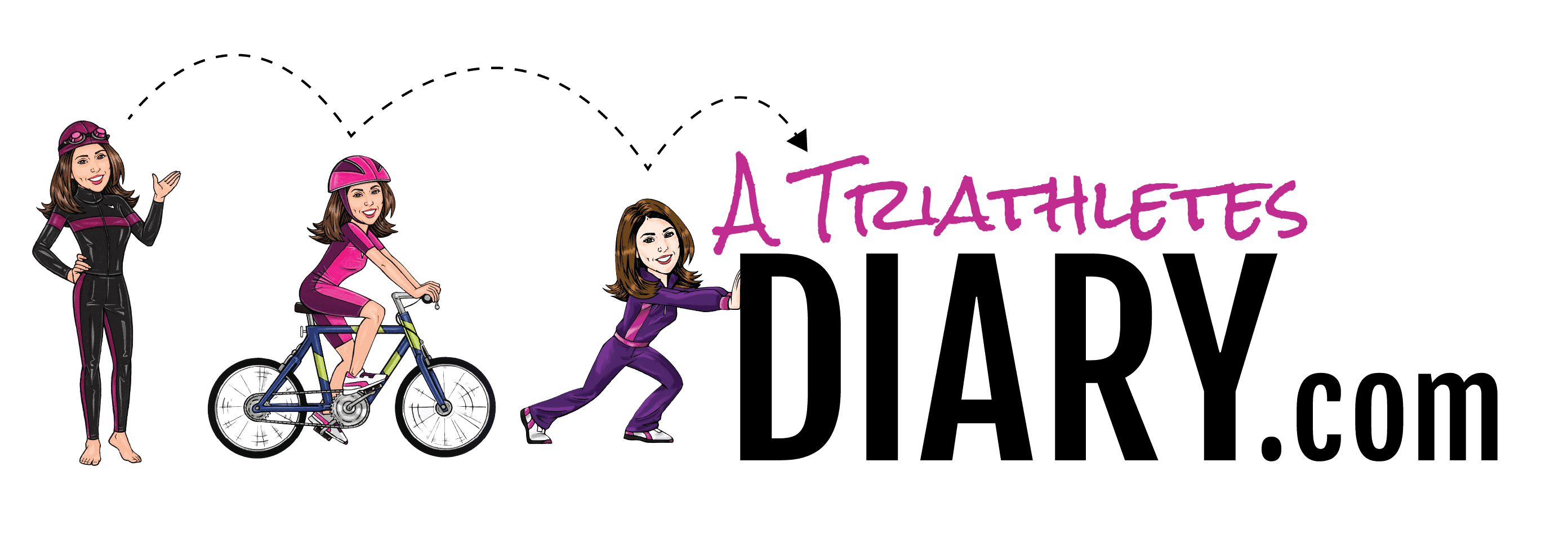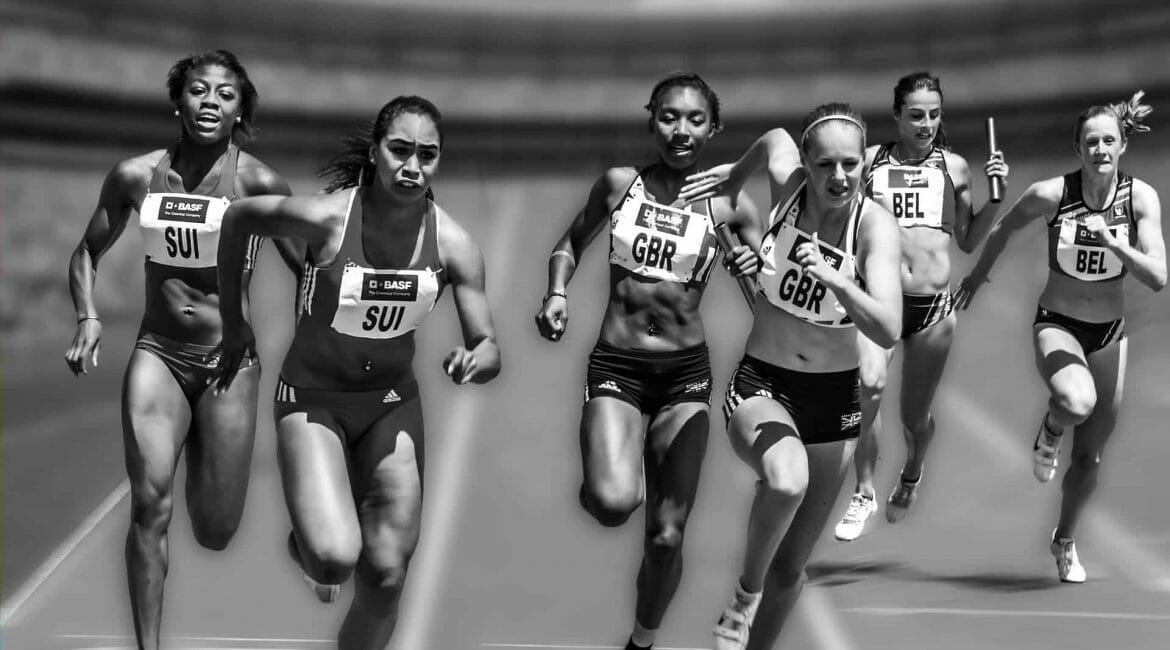The sport of running has experienced a steady rise in participants since the 1990s; then a boom during the ‘08 recession. And it has been widely speculated in the last several years that this boom may be ending as more and more millennials are choosing not to run.
Insidious Threat
But RunnerClick – a company ran by runners for runners who are looking for information on all things running – sees a more insidious threat on the horizon for the sport.
A RunnerClick analysis of the participation statistics of the Copenhagen Marathon suggests not only is it true that the boom ending, but it may actually be beginning to reverse.
The Copenhagen Marathon
Established in 1980, the Copenhagen Marathon attracts runners from all over the world and to this day draws in an increasing number of participants each year. We were interested in what kinds of people actually participated. In particular, we wanted to know which groups – we divided the runners into groups based on gender and age – had the largest differentials in participation rates in the last several years.
To do this, we analyzed 50,000 runners who participated in the Copenhagen Marathon from 2014 to 2019.
The first statistic worthy of note is that participation as a whole did in fact increase by almost 12%.
As you can see from the chart below, most of those participants (65%) were men.
Most of that increase in participation came from female runners; the rate for women increased by 27%, while men only saw a gain of 7%. This, of course, is to be accepted as the role of women in society has been steadily changing since even before 1980.
So What Was Different?
But what was not expected – or perhaps what was not hoped for – is the participation differentials between age groups.
The chart below reveals some shocking things. First is that the largest increases in participation rates were seen by age groups 50 to 79. The age group 60 – 69 saw an increase of almost 65%. In second place was the age group 50 – 59, with an increase of 53.2%.
Alarmingly, the age group 0 – 19 had the sharpest decrease in participation 16.6%. Similarly, the age group 30 – 39 also saw a decrease of almost 5%. The age group 20 – 29 had the smallest increase at about 3%, which, though not a negative per se, is indicative of waning interest among that age group for the sport of running.
So what we are seeing here, essentially, is that the older generations are choosing to enter the sport while the youth are opting out of it. If this trend continues, running may very well go out of style for the young and slowly go the way of the older generations.
As RunnerClick researcher Miranda Hanson asks in the original study, “The question is, what can we do about it?”
Comment below to win a Patchology Happy Place Eye Patch!

